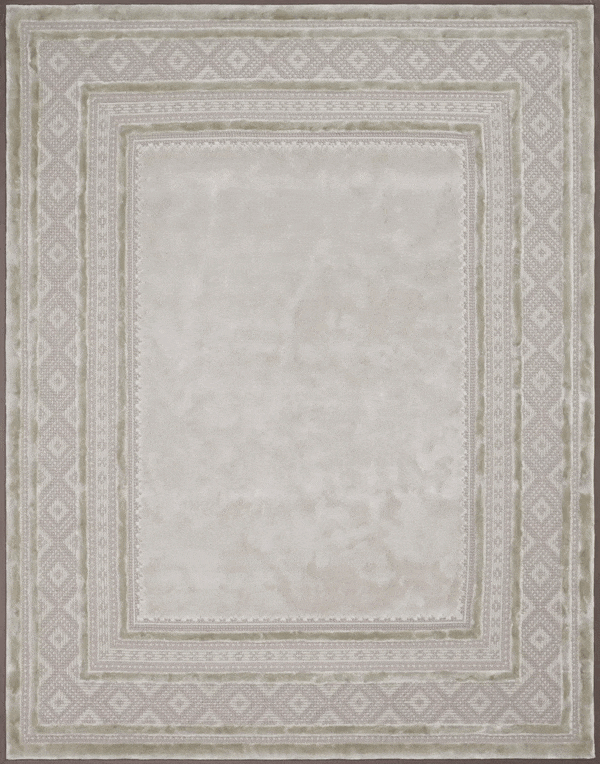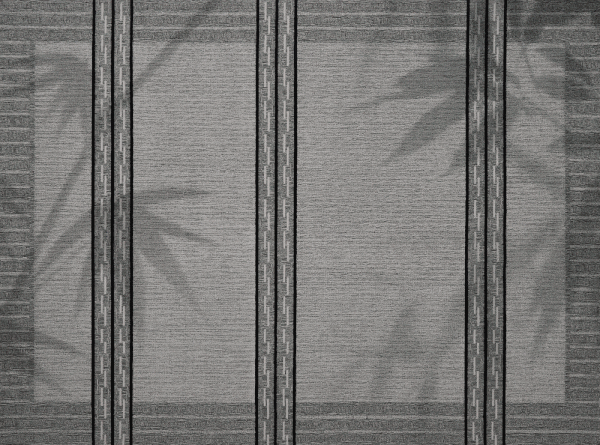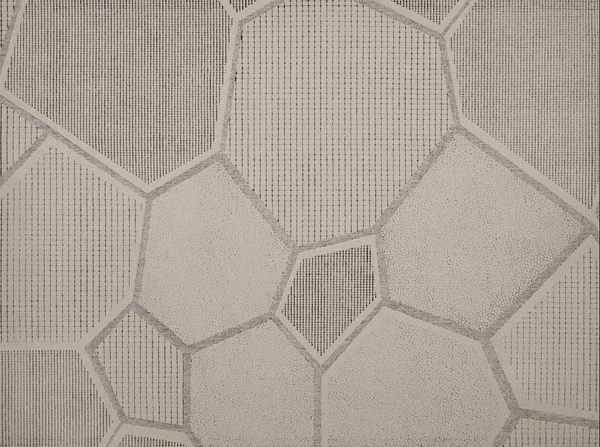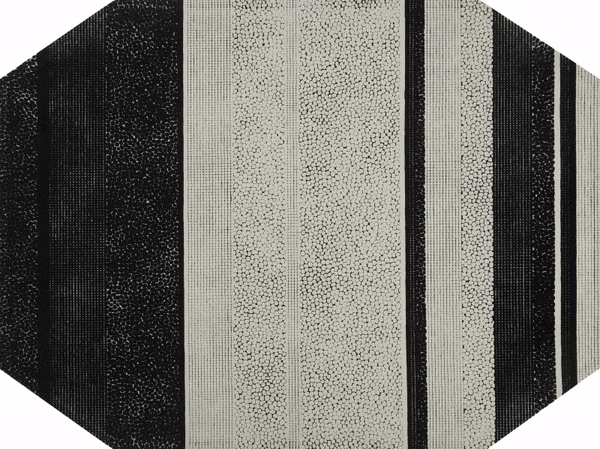At home in ancient China, a study was a unique and spiritual space. Exquisitely carved windows, silk screens, calligraphy brushes and inkstones all became more than just objects, but symbols of Chinese culture and aesthetics.
FULI started from the design of a Chinese scholar's reading room and developed a uniquely oriental and contemporary collection named "Chinese Study." Featuring minimal patterns and a monochromatic palette, the designs attempt to recreate a traditional Chinese cultural symbol with a new and modern design language. With a sense of zen infused in the whole collection, people might easily forget about their busy lives beyond this room and slow down to read and think for a moment.
Inspired by four elements in a Chinese study–「Four-leaf Screen」,「 Inkstone」,「Chinese Go」,「Lattice Window」–FULI reimagines what a traditional Chinese study can look like in a contemporary setting. Graceful and elegant, the carpet designs aim to create a space that is more than a tranquil refuge from the city, but also a place where people reconnect with culture through calligraphy, poetry, and music, in search of inner peace.
Four-leaf Screen
Four-leaf screens can date back to Han Dynasty (206 BCE – 220 CE). Rather than just dividing a room, a screen is often adorned with beautiful art and exquisite carvings. Through the gaps, people can vaguely observe what is happening on the other side, adding a sense of intrigue and romance to the object.
With clean lines and geometric shapes, this carpet design inspired by the historical four-leaf screens is modest yet elegant. Three shades of grey weave seamlessly together, creating subtle textural changes. Embellished by the crisp lines that divide the carpet into four "screens," this design adds a spatial dimension to any space it's in.
Inkstone
Calligraphy is at the heart of Chinese culture. As one of the four treasures of Chinese calligraphy, inkstone carries a particular weight. Experienced calligraphers consider an inkstone a crucial friend since many of them choose to grind their own ink to create special tonalities in the works.
From afar, this carpet named "Inkstone" looks like light brushstrokes in a Chinese calligraphy work. Abstract yet graceful, the design balances shapes and color tones to bring out a peaceful ambience. Step closer, the square and circular textures look like pebbles found in nature, paying homage to the relationship between man and nature in ancient Chinese culture.
Chinese Go
Go, or commonly known as Weiqi or Chinese chess, originated in China more than 4,000 years ago. It is believed to be the oldest board game continuously played to the present day. The unique black and white playing pieces are called "stones," and the checked chess board also becomes an iconic aesthetic in Chinese history.
With a stark contrast between light and dark, the colors in the carpet create a dichotomy that echoes the sprit of the game. The light circular details mimic the "stones" while the dark lines are just like the grid on a chess board. Modesty and serenity are both considered virtues in this ancient Chinese game and that is also the spirit of this design.
Lattice Window
Windows connect light and space, people and nature. It is a particularly important element in Chinese interior design because a window frames the view just like a painting. Capturing the scenes and motion from the space outside, lattice windows create beautiful shadows inside a Chinese study.
This carpet uses silk to communicate a sense of light. The silk weavings reflect the natural light from the outside while the 18,000 small knots frame the window shape and pay respect to traditional embroidery techniques. A carpet thus becomes more than a carpet but a poetic painting.

Post time: Jan-20-2022




